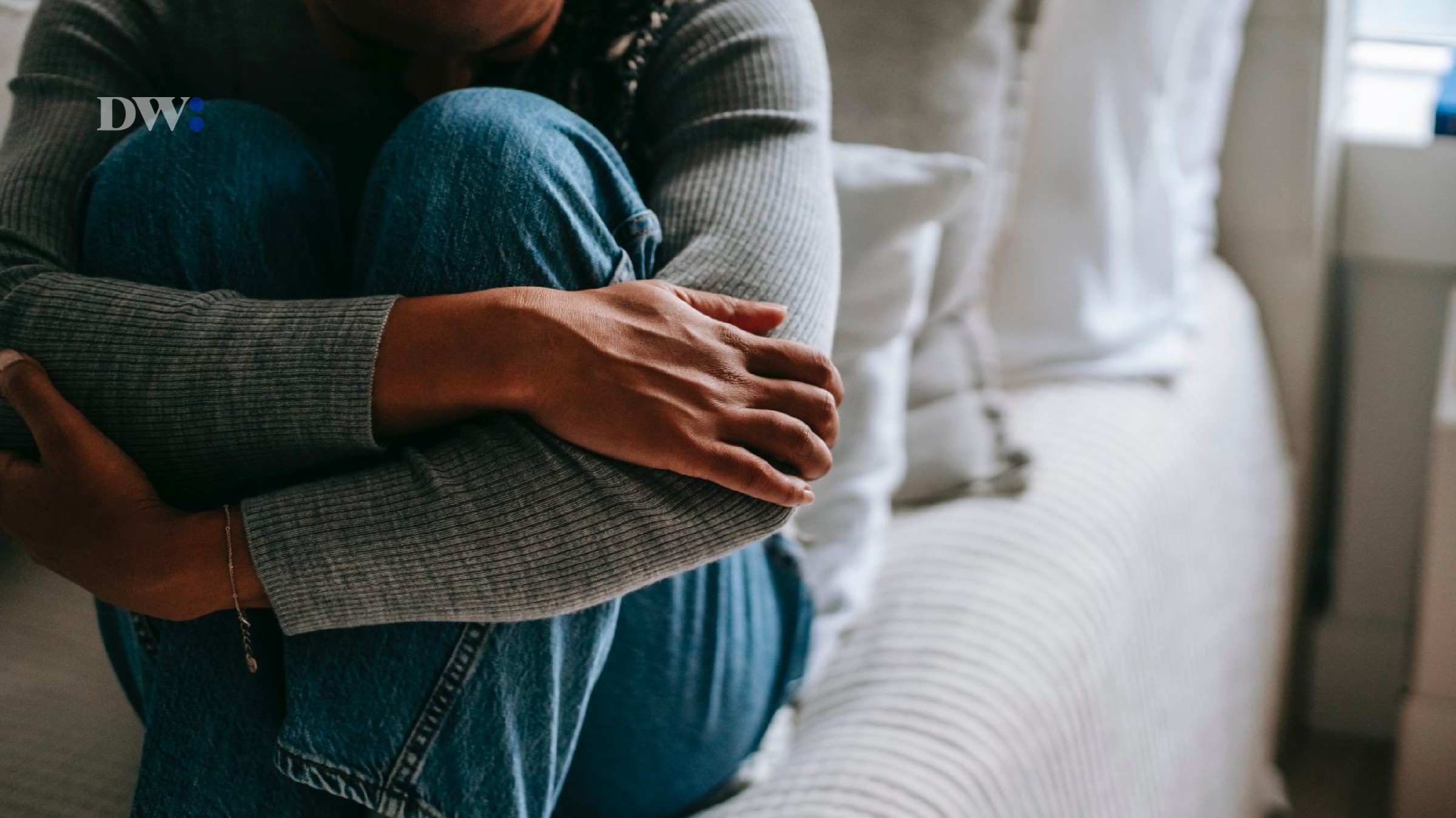In the month of September, disturbing reports of femicide continued to reverberate across the internet, igniting online outrage and concern.
Our monthly report serves as a vital repository of data, shedding light on the extent of this societal issue. It underscores the urgency for comprehensive measures to combat this pervasive problem, pushing for increased awareness, intervention, and support for victims. The numbers within our report not only serve as stark statistics but as a call to action for a world that must unite to protect its most vulnerable members.
From daily campaigns for #JusticeforAusta who was a victim of intimate partner violence in July, whose partner—Benjamin Best— was just declared wanted to the stabbing of a young school girl in Croydon, London England.
These instances prompted discourse on social media, with many questioning the radicalization of young boys against women and girls online. It is essential to recognise that these events are not indicative of a “gender war” when one gender is disproportionately affected by violence and femicide.
The dialogue on social media sheds light on the critical need to address the underlying issues that lead to such acts of violence and radicalization. This is not about pitting one gender against the other; rather, it’s about recognizing the urgency of addressing the systemic problems that perpetuate violence against women and girls.
The focus must be on promoting gender equality, educating young individuals about respect, consent, and empathy, and creating an environment where everyone is treated with dignity and respect. Only through such comprehensive efforts can we hope to put an end to the devastating impact of gender-based violence and femicide.
The question remains: Do women cease being victims of gender-based violence, regardless of age? Can they find justice even in the grave? Why do their perpetrators still roam freely, unaccountable for their heinous actions?
Between September 1st and September 30th, a staggering total of 127 cases of gender-based violence were reported worldwide. The United States led with 74 reports, followed by India with 21. Intimate partner violence emerged as the most prevalent form, impacting women aged 0 to 94.
The United Nations painfully stated that we are nowhere near attaining Sustainable Development Goal 5 (on female equality and empowerment) as we approach the halfway point of the race to meet the 2030 Agenda for Sustainable Development. In 2018, one in every seven women (13 per cent of women aged 15 to 49) reported having experienced physical and sexual violence from an intimate partner or husband in the previous 12 months.
It is indicated that these figures do not account for the COVID-19 pandemic, which has increased the risk factors for violence against women. Around 736 million people are victims of physical or sexual violence by an intimate relationship or sexual assault by a non-partner, according to the World Health Organisation, a statistic that has stayed essentially stable over the past ten years.
Most of the horrifying cases of gender-based violence reported in the United States were murder-suicides, women killed while pregnant, women killed in front of their children and women whose children were killed because of their partners.
In Nigeria, a man murdered his wife because she denied him sex, a woman was killed for resisting rape and another killed his partner over food.
The profoundly troubling pattern continued globally, from India to South Africa to Canada to Australia as women were killed with something as small as a screwdriver, killed by their scorned exes, killed by their classmate and their bodies dumped with multiple stab wounds.
A report in the United Kingdom that shook the internet was that of a 15-year-old girl who was stabbed to death by her friend’s ex in a bid to protect her friend. It’s a heartbreaking truth that women everywhere, regardless of their age, background, or sexual orientation, continue to be victims of this pervasive gender-based violence.
The pressing question we must address is: When do we move beyond mere outrage and translate our empathy into tangible action? What do we do when there is no more outrage? When do we build a world where justice prevails, where every life is valued, cherished, and protected? The time has come for us to transform our collective anguish into unyielding advocacy, to demand an end to the cycle of violence, and to create a future where every woman can live free from fear and violence.

Leave a Reply